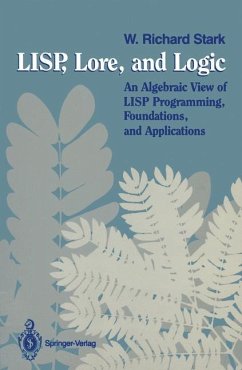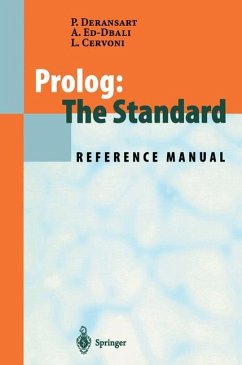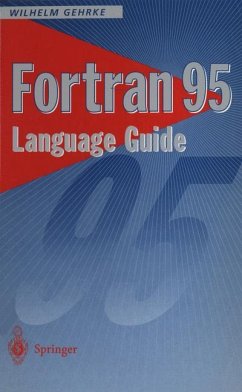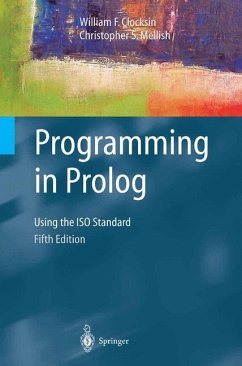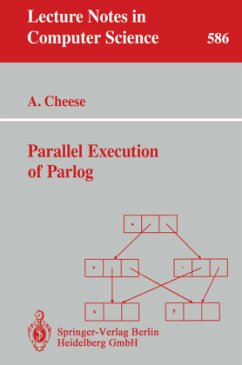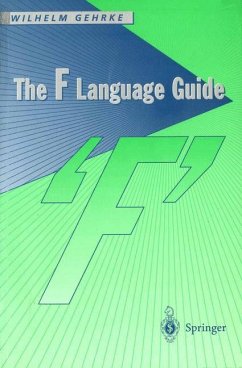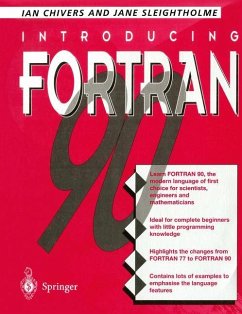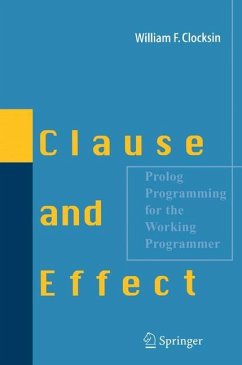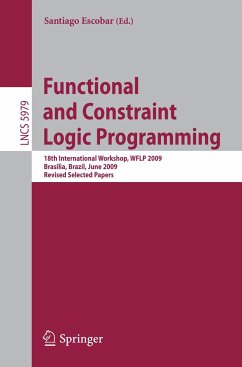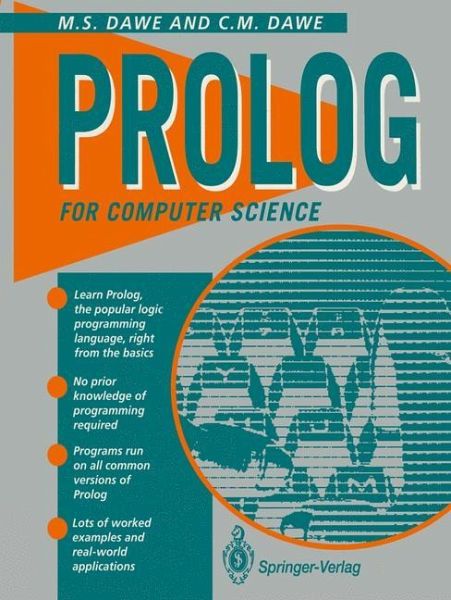
PROLOG for Computer Science

PAYBACK Punkte
19 °P sammeln!
Prolog is important as one of the major programming languages. Beginning with a chapter on logic (which makes the book particularly useful to undergraduate students), Prolog for Computer Science provides a comprehensive tutorial that assumes no prior knowledge of programming. There are lots of realistic examples and case-studies, including an English-Dutch translator.





